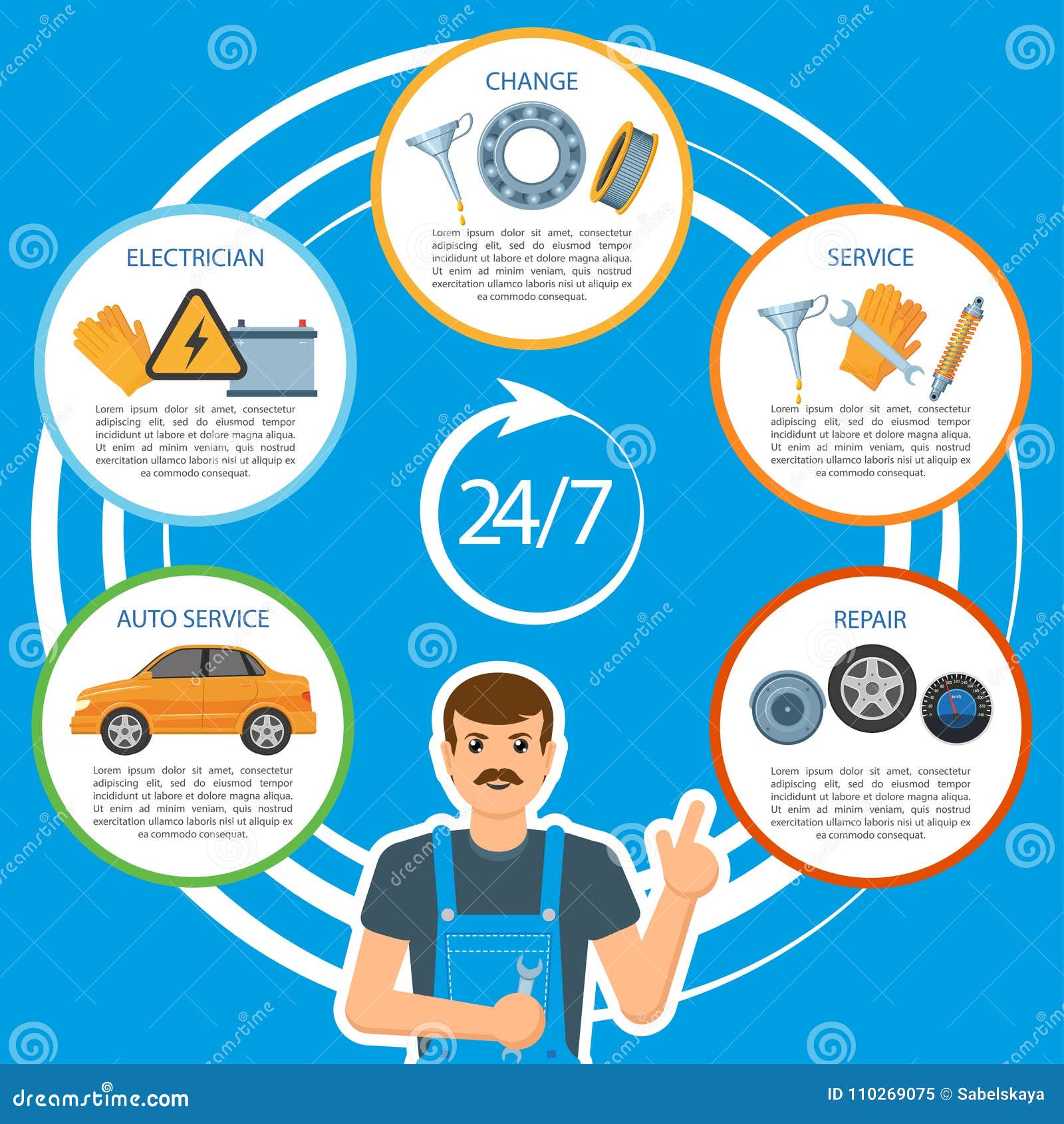Deciphering Your Vehicle'S Warning Indicators: What They Genuinely Indicate
Deciphering Your Vehicle'S Warning Indicators: What They Genuinely Indicate
Blog Article
Article Created By-Lim Dalgaard
When you lag the wheel, those glowing caution lights on your dashboard can be a bit perplexing. Do you understand what they're trying to inform you regarding your vehicle's health? Understanding car paint detailer of these lights is crucial for your safety and security and the durability of your automobile. So, the next time one of those lights turns up, wouldn't you intend to decode its message properly and take the needed steps to resolve it?
Common Caution Lights and Interpretations
Determine typical warning lights in your vehicle and recognize their definitions to guarantee safe driving.
One of the most typical caution lights include the check engine light, which signifies issues with the engine or discharges system. If this light comes on, it's critical to have your vehicle inspected promptly.
seat shampoo car wash cautioning light shows reduced oil stress, requiring immediate interest to prevent engine damages.
A flashing battery light might suggest a defective billing system, possibly leaving you stranded if not addressed.
The tire pressure monitoring system (TPMS) light alerts you to low tire stress, impacting lorry stability and gas efficiency. Overlooking this can bring about unsafe driving problems.
The ABS light suggests an issue with the anti-lock braking system, compromising your capacity to quit rapidly in emergencies.
Lastly, the coolant temperature level cautioning light warns of engine overheating, which can lead to extreme damages otherwise settled swiftly.
Understanding these common warning lights will certainly aid you deal with problems immediately and preserve safe driving conditions.
Relevance of Prompt Interest
Comprehending the typical caution lights in your cars and truck is just the first step; the relevance of promptly dealing with these warnings can't be highlighted enough to ensure your safety and security on the road.
When a warning light illuminates on your control panel, it's your car's method of communicating a prospective concern that requires attention. Neglecting these cautions can bring about much more serious issues down the road, compromising your safety and security and potentially costing you more in repairs.
Motivate interest to alerting lights can stop failures and mishaps. For https://eduardojfavu.blogacep.com/35392767/exploring-the-insights-of-a-five-star-vehicle-service-center-experience , a blinking check engine light can indicate a misfire that, if left unattended, can trigger damage to the catalytic converter. Addressing this quickly can conserve you from a costly repair service.
Likewise, a brake system warning light might signal reduced brake liquid or used brake pads, essential components for your safety and security when driving.
DIY Troubleshooting Tips
If you notice a caution light on your control panel, there are a couple of DIY repairing ideas you can try before seeking specialist aid.
The very first step is to consult your vehicle's handbook to comprehend what the particular caution light indicates. Sometimes autodetailsuppliesauckland can be as basic as a loose gas cap activating the check engine light. Tightening the gas cap may deal with the problem.
An additional typical problem is a low battery, which can set off different advising lights. Checking the battery connections for deterioration and guaranteeing they're protected might repair the issue.
If a caution light persists, you can try resetting it by separating the vehicle's battery for a couple of minutes and then reconnecting it. Additionally, checking your lorry's fluid levels, such as oil, coolant, and brake liquid, can help troubleshoot alerting lights connected to these systems.
Final thought
In conclusion, comprehending your automobile's caution lights is essential for keeping your automobile running efficiently and safely. By quickly dealing with these notifies and understanding what they imply, you can avoid costly repair work and potential failures.
Remember to consult your cars and truck's handbook for specific information on each warning light and do something about it accordingly to guarantee a trouble-free driving experience.
Stay notified, stay secure when traveling!
